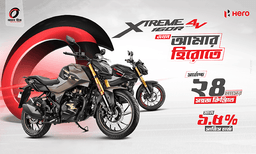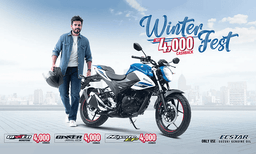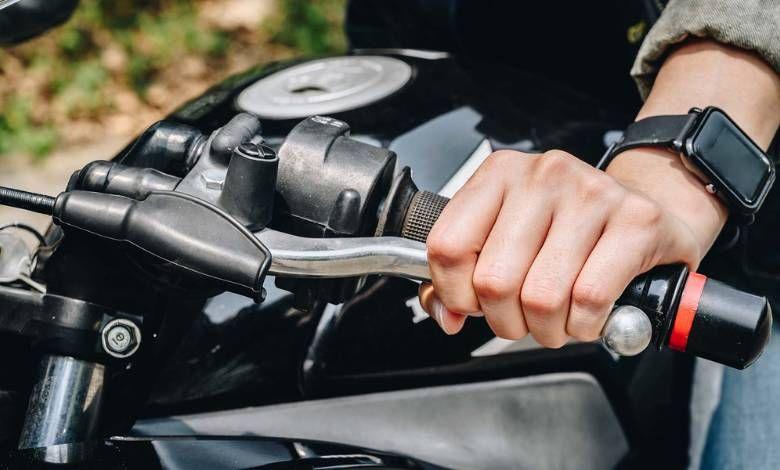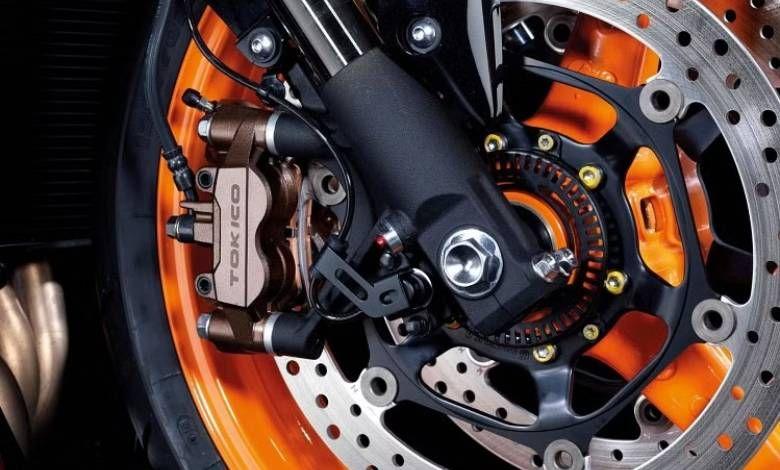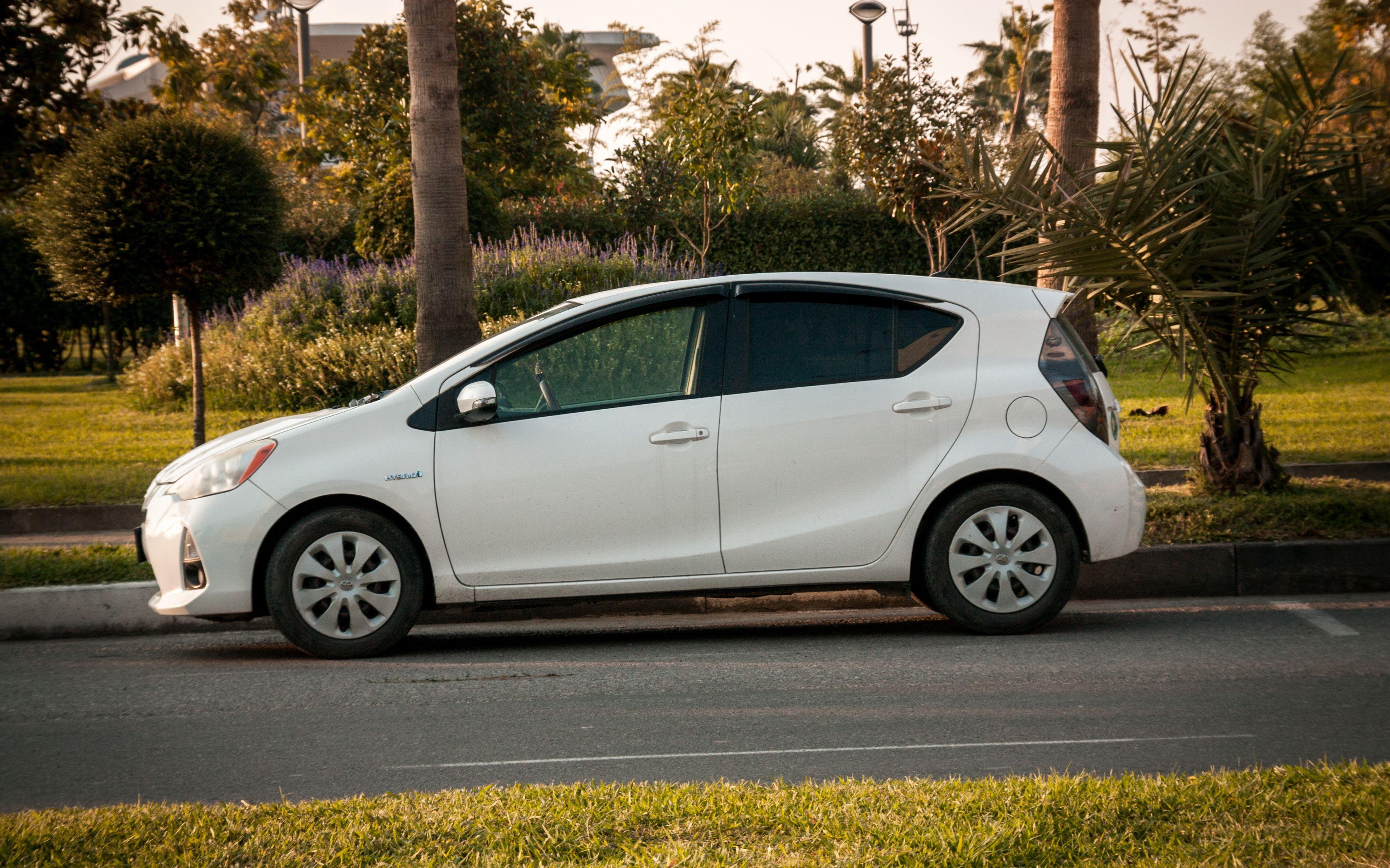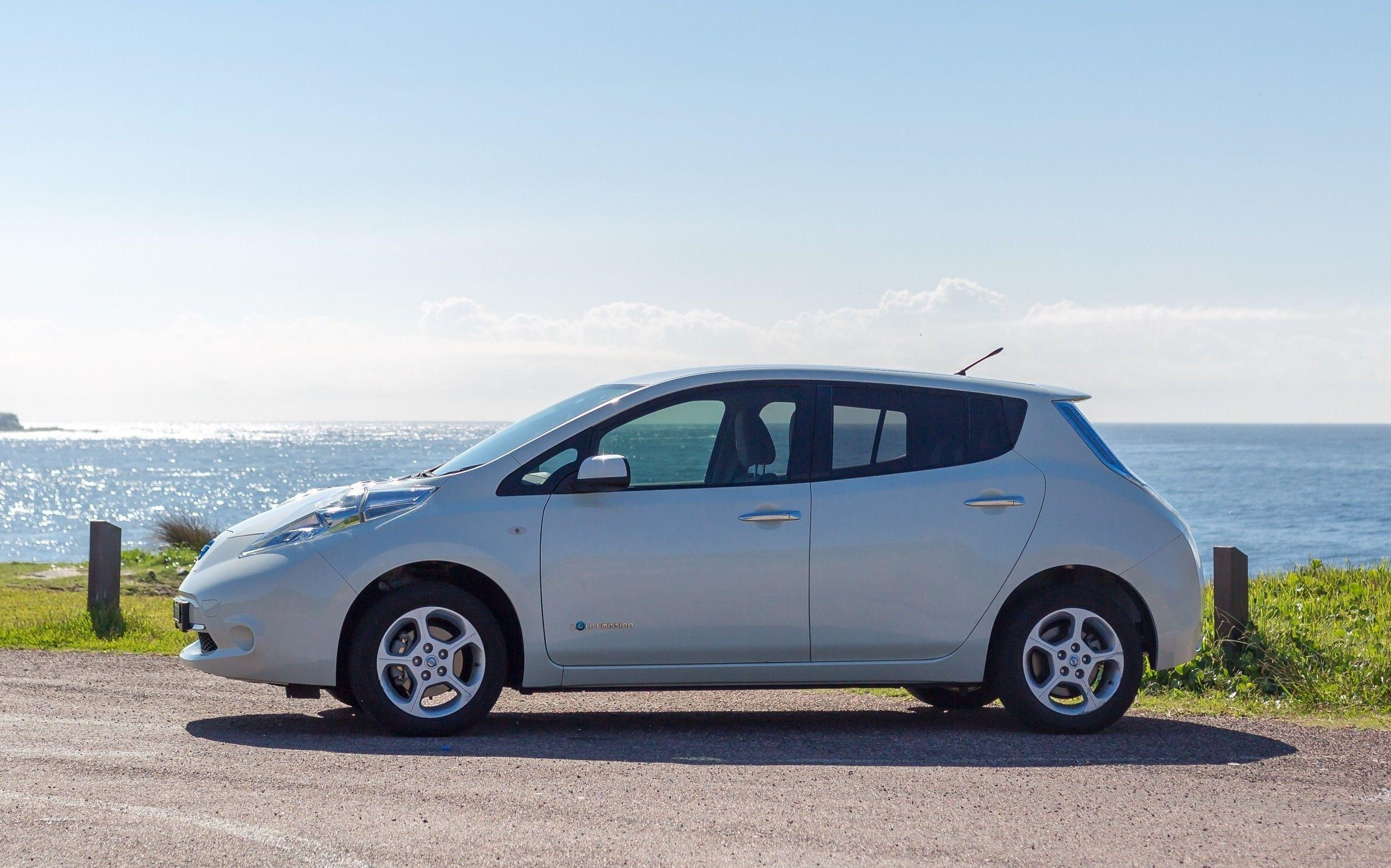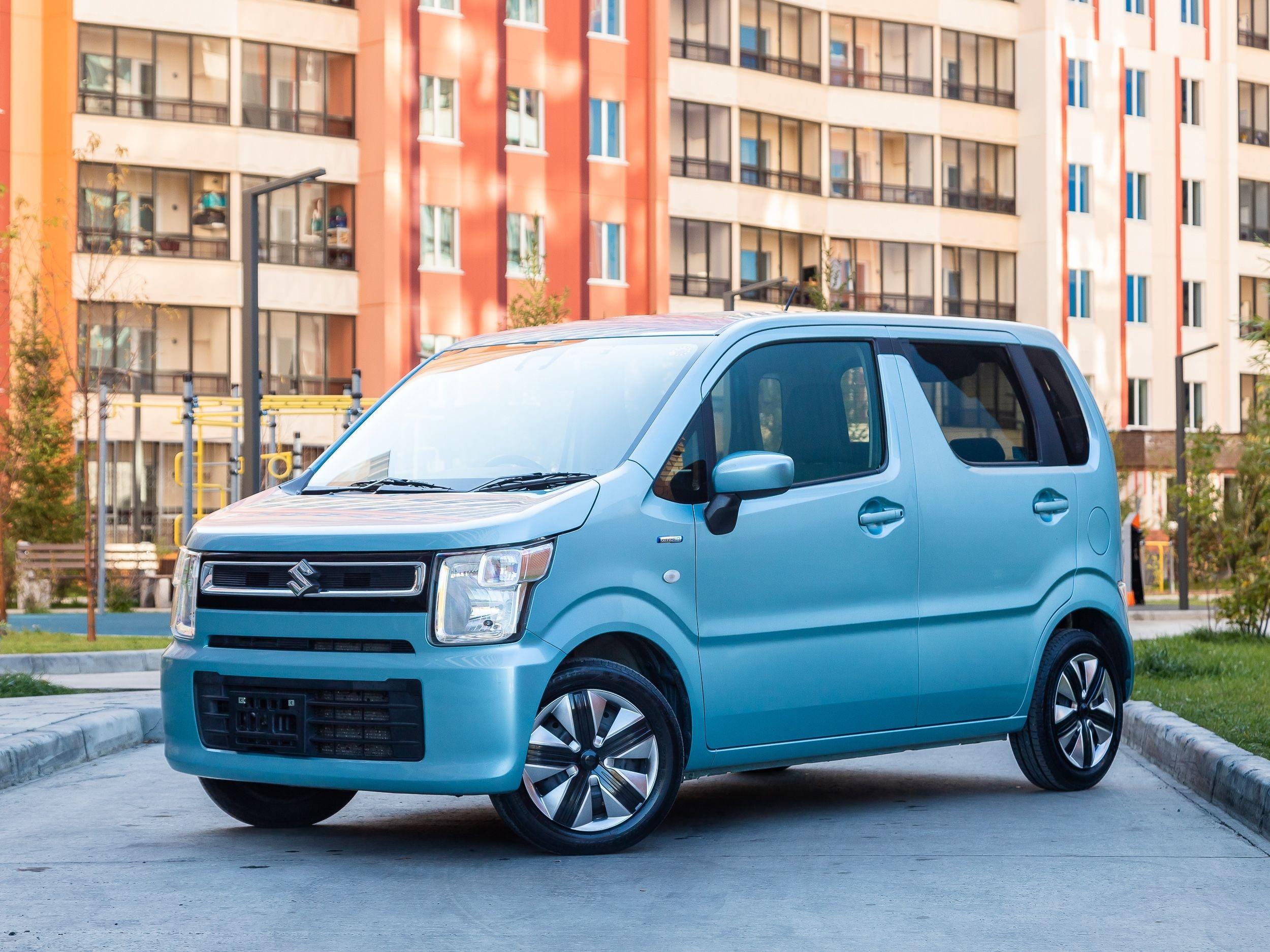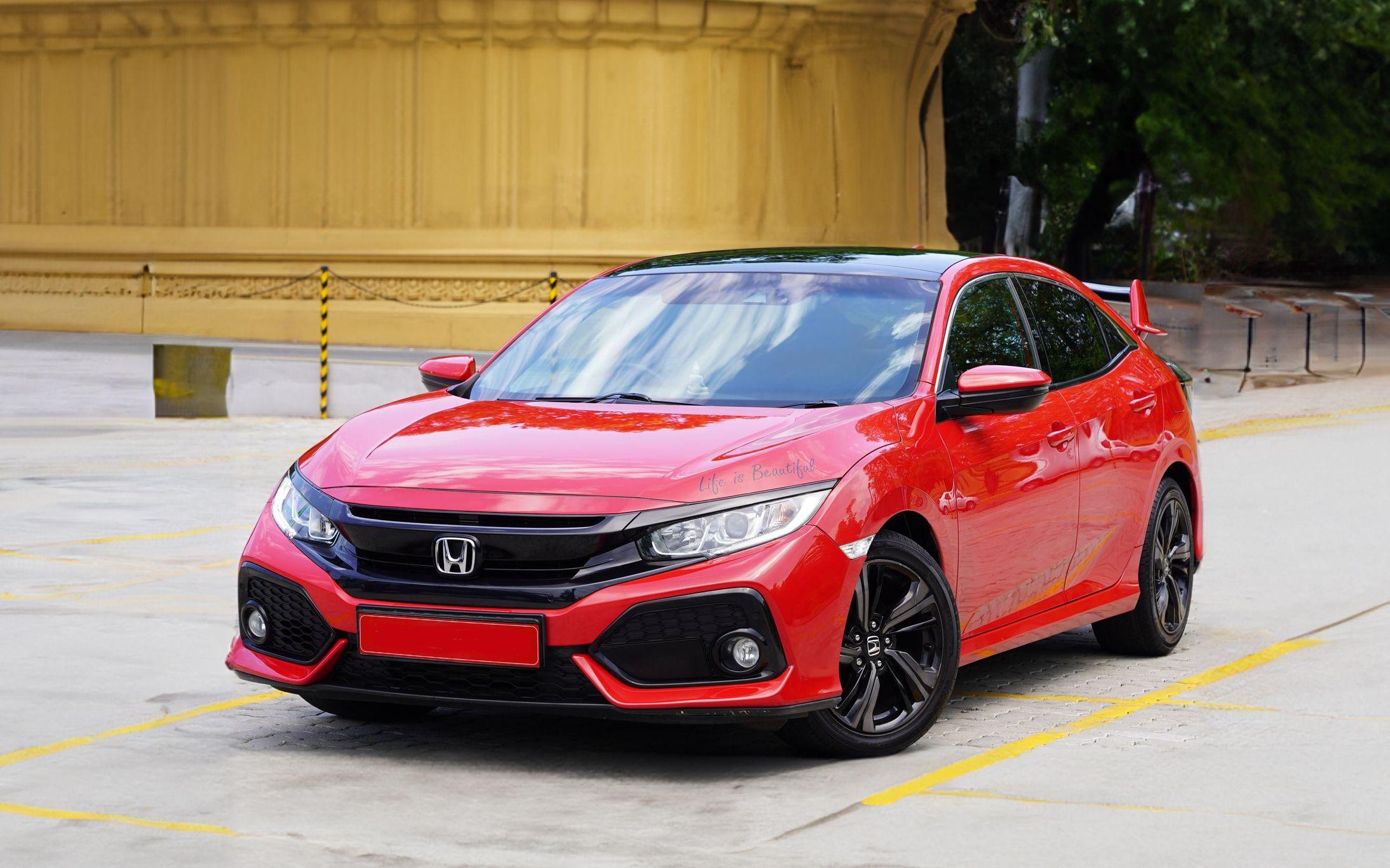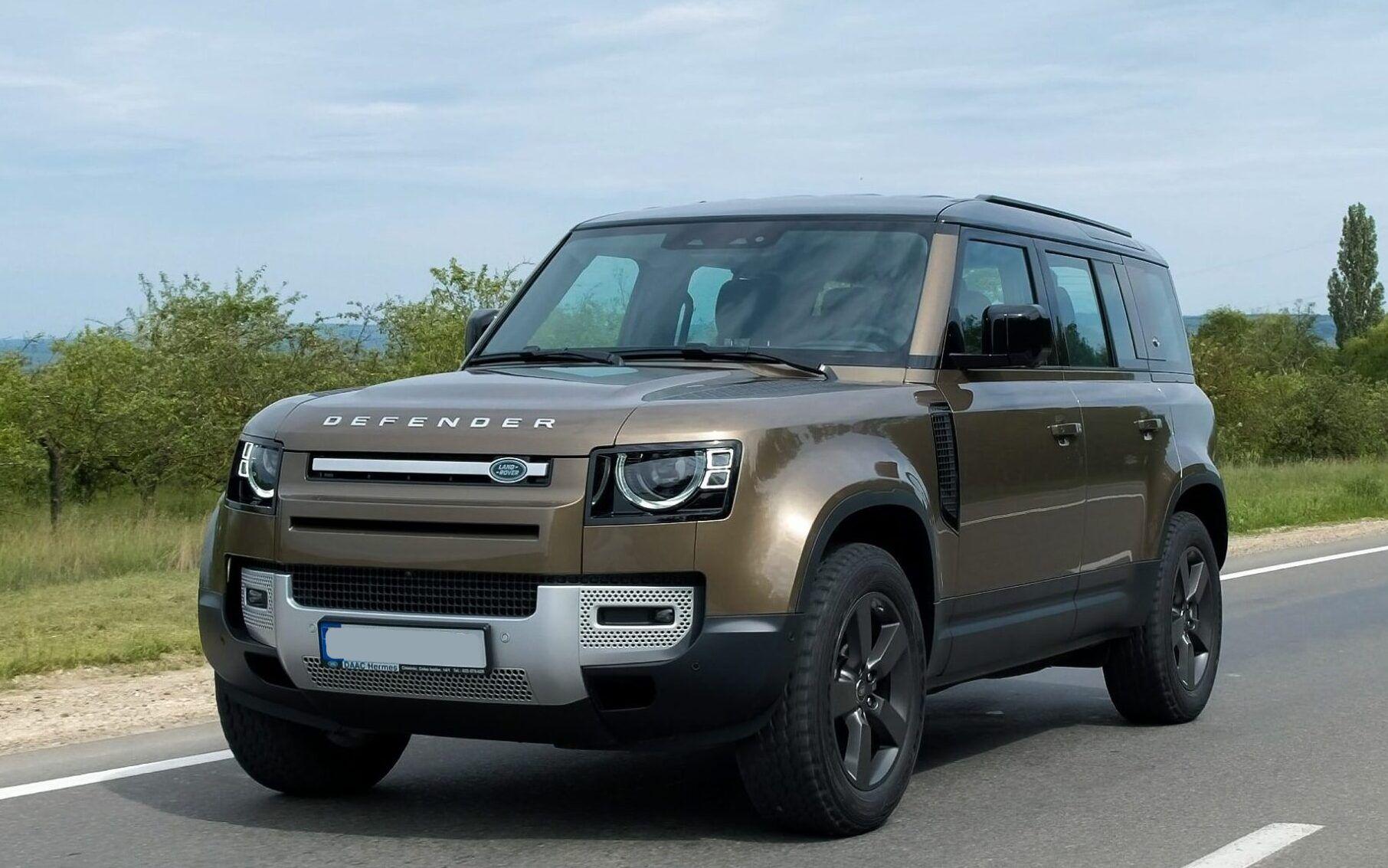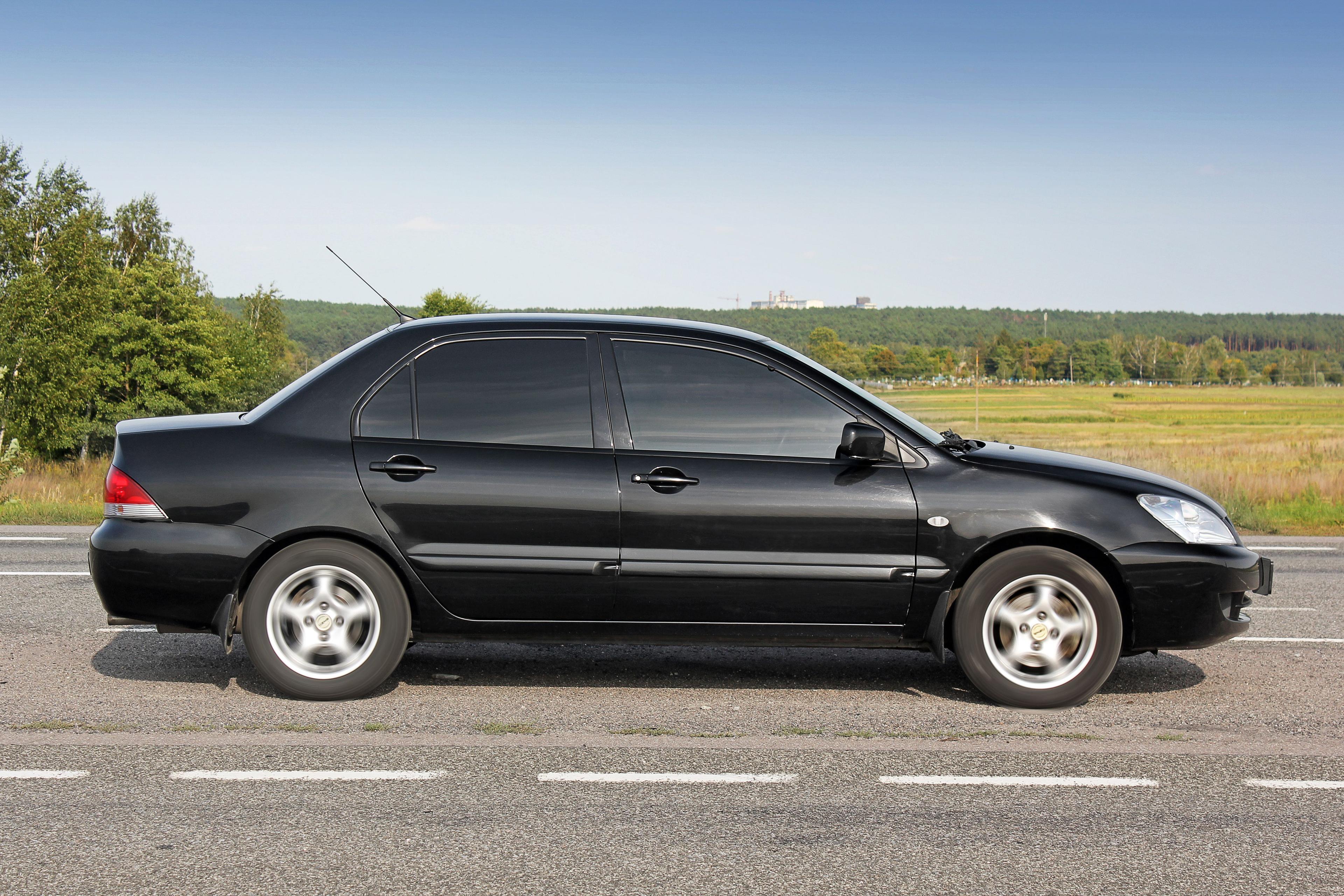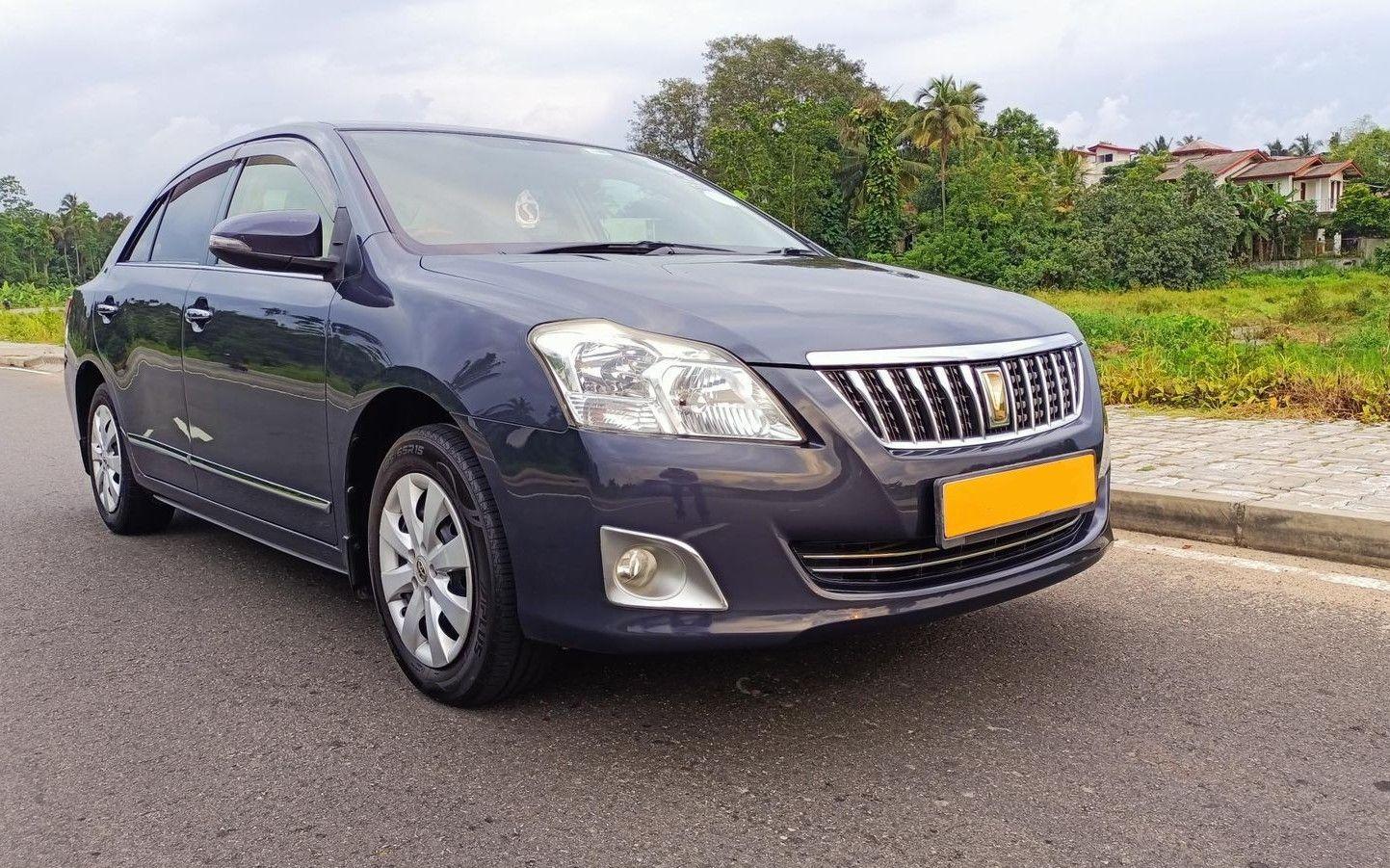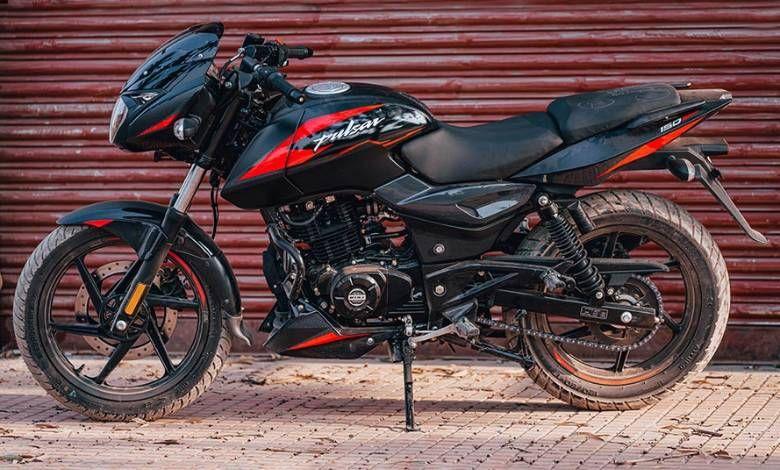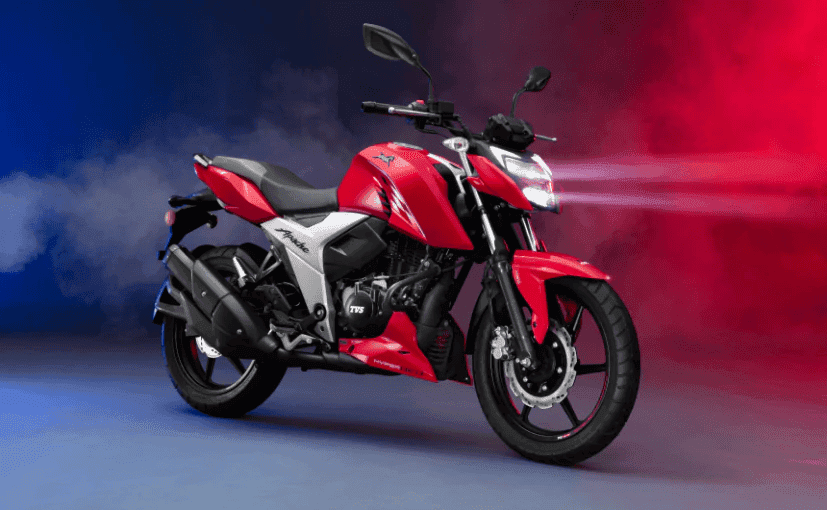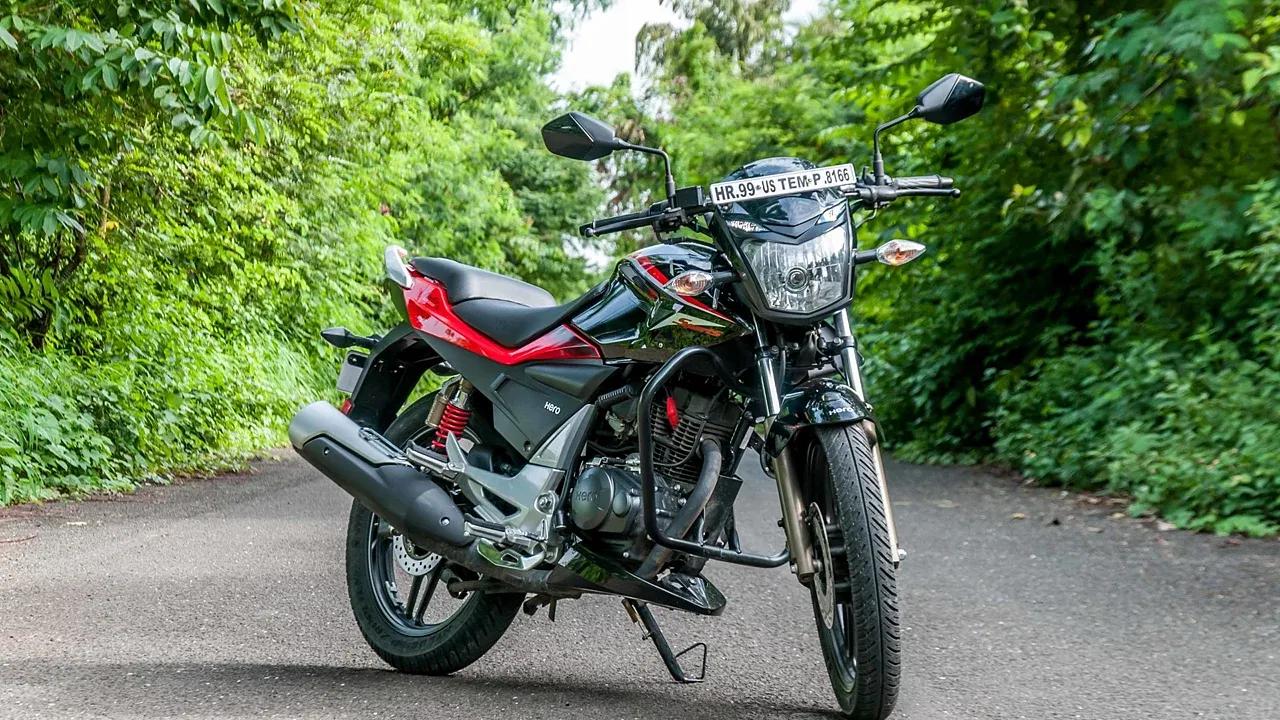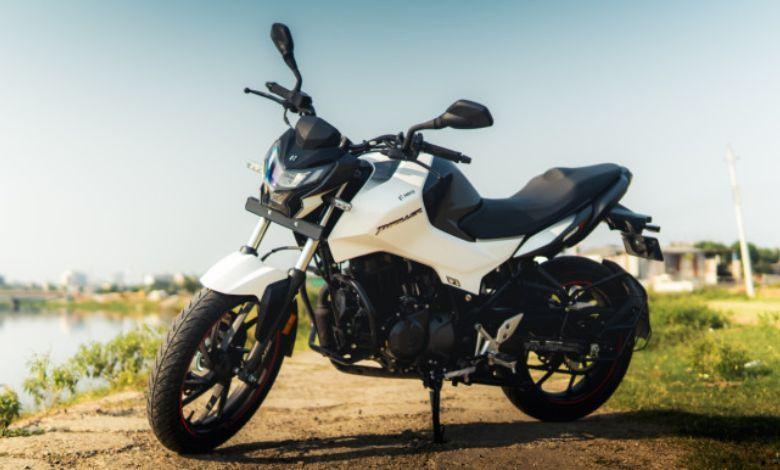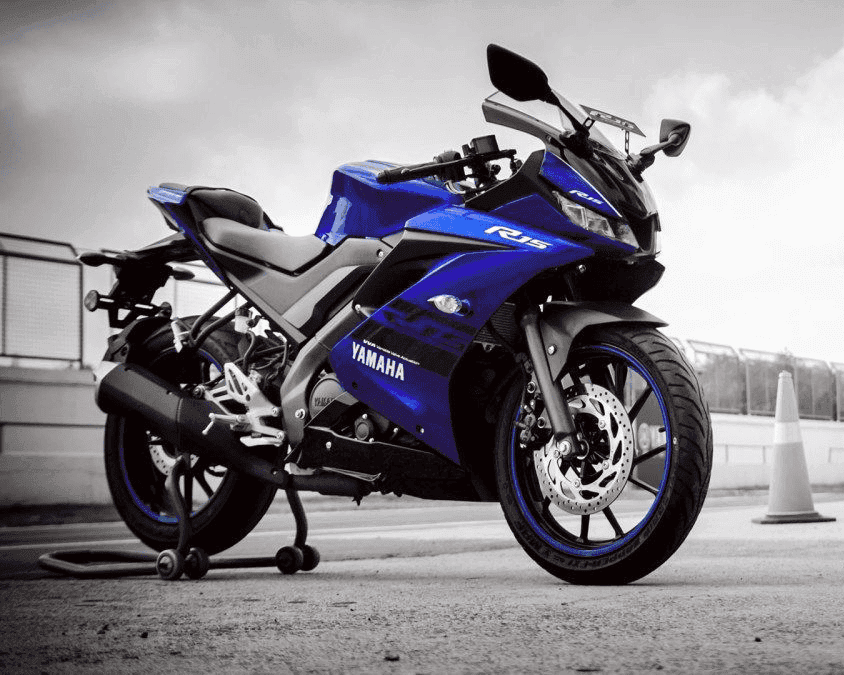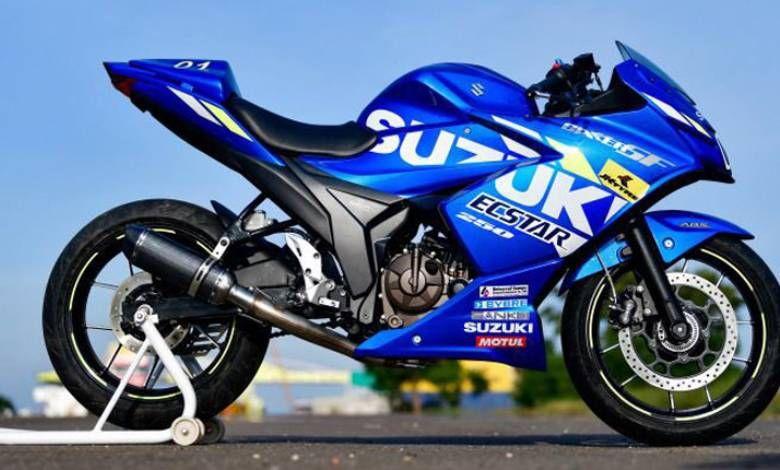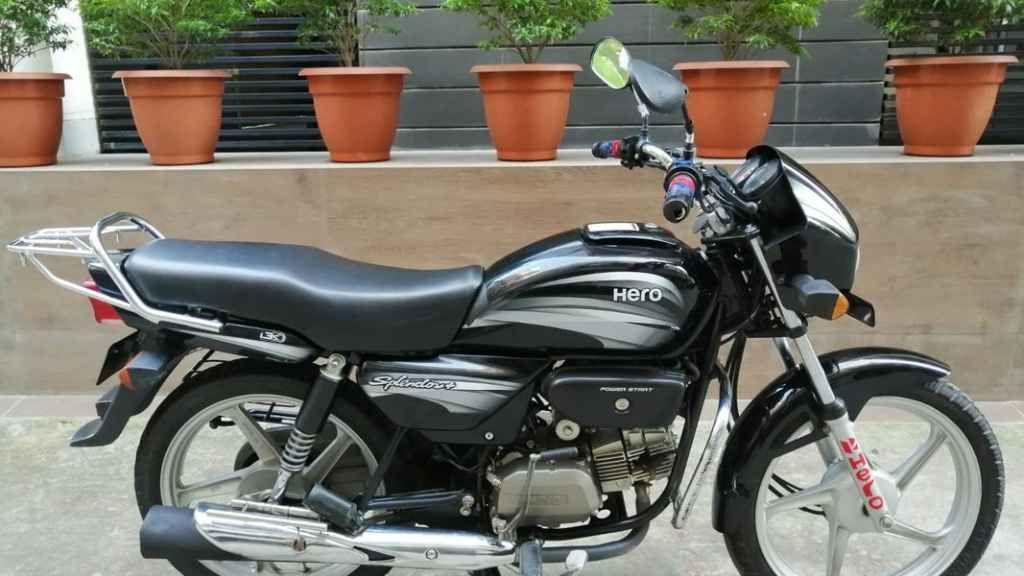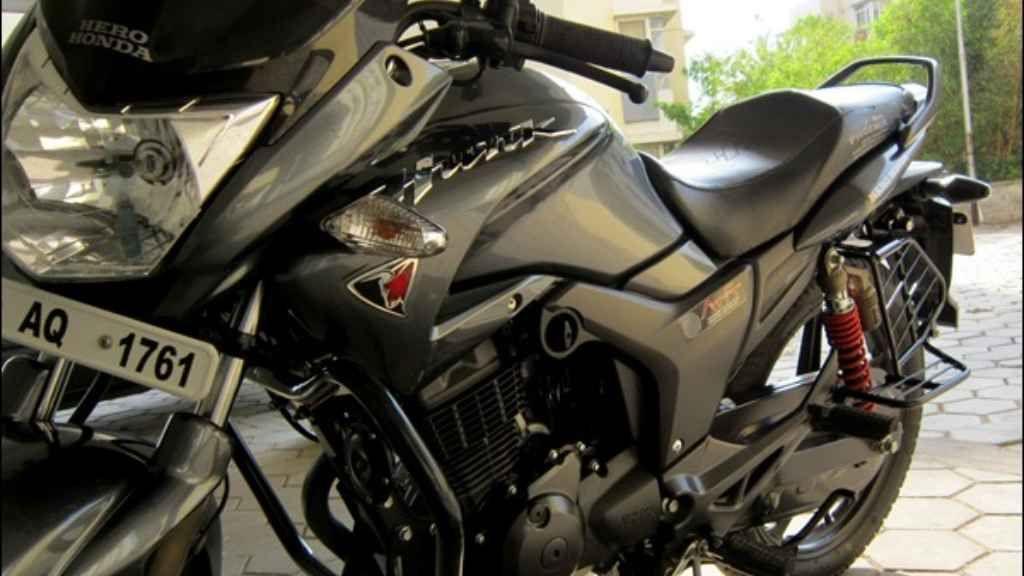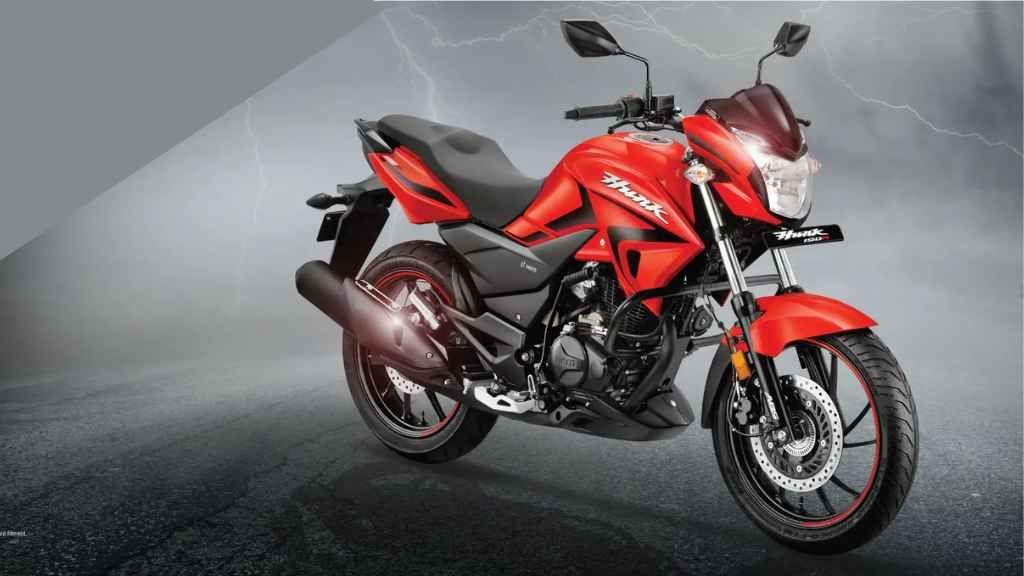Features and Purpose of Engine Braking
When riding a bike, you need to keep your senses open every second. It doesn't matter if you ride a bike occasionally as a hobby or go to your workplace every day by bike. What matters is whether you are trying to ensure maximum safety for yourself and the riders around you when riding a bike. And to do this, you need to know all the details about bike riding. One of the most important concepts for bike riders is engine braking. So, in today's article, we will try to learn about the features and purpose of engine braking.
What is Engine Braking?
Engine braking is a feature of the bike that helps reduce the bike's speed without using any traditional brakes. In other words, it's not a part of the bike, just a feature. To use engine braking, you have to release the bike's throttle. Then air and fuel will not reach the cylinder, and a vacuum will be created. Behind this, friction will be created in the piston, and your engine will reduce its speed. That is, you can call engine braking a built-in braking system of the engine. Especially when descending from a high place, this system can keep the bike's speed low. With this system, riders can control the bike better and reduce reliance on traditional braking systems.
Features of Engine Braking
Some features of engine braking are mentioned below -
1. Compression Release Mechanism
To use engine braking, the throttle is usually released, which acts as a type of compression release mechanism.
2. Fuel Injection Cut-off
During engine braking, the engine's fuel supply is usually cut off. The reduction in fuel supply to the engine and friction in the piston cause the engine to reduce its speed.
3. Power Cut
Due to the fuel supply being cut off to the engine, the engine can no longer generate power as before. As a result, the bike's speed decreases.
4. Exhaust Sound
When using engine braking, a loud sound may come from the exhaust. As a result, many people think there is a problem with the bike. But in reality, there is no problem with the bike.
5. Rider's Preference
Not all riders prefer engine braking. Many consider this system unnecessary, while others prefer engine braking over traditional braking systems.
Purpose of Engine Braking
Engine braking is provided in motorcycles for several important purposes. These are highlighted below -
1. Reduce Use of Traditional Brakes
Excessive use of front and rear brakes can cause them to wear out very quickly. Therefore, engine braking is provided to reduce reliance on traditional brakes.
2. Increase Control
The advantage of engine braking is that riders can have more control over the bike's speed by using it, especially when there is a need to quickly reduce the bike's speed.
3. Safety
By using engine braking in addition to traditional brakes, riders can quickly reduce the bike's speed. This increases the safety of the rider and their surroundings.
4. Heat Management
Excessive use of front and rear brakes can cause the braking system to get very hot. Therefore, engine braking helps in the bike's heat management.
5. Fuel Economy
When using engine braking, the fuel supply to the engine is cut off. As a result, fuel efficiency increases.
Conclusion
All riders should understand the importance of engine braking and have a proper understanding of it. This will enable them to ensure their own safety and that of others. We hope that in today's article, we have been able to give you a good idea about the features and purpose of engine braking. So, from now on, use engine braking occasionally and reduce your reliance on traditional brakes. To increase your knowledge about motorcycles, you can learn about motorcycle FI engines.


